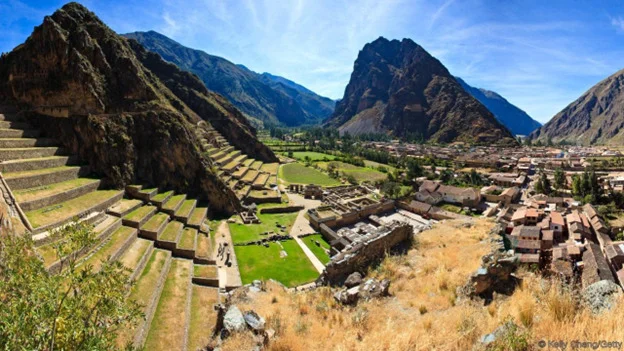
Cultural Significance of Sacred Valley Cusco | Travel Blog
Tucked between Cusco and Machu Picchu in the southern region Peru lies the Sacred Valley of the Incas. Step into a cultural and history steeped wilderness of soaring snowy mountains, grassy hills, fertile land, and 200 Inca structures – terraces, baths, and temples that shed light into the traditions and cultures of the Inca people. Pre-Columbian history of the region tells stories of an Incan Empire that gradually ruled the valley between 1000 and 1400 AD. Despite the arrival of the Spanish colonists, the Sacred Valley Cusco area is a rich agricultural hub, and a perfect way to immerse yourself in the indigenous communities of Peru and Latin America.
Table of content
Key Cultural Sites in the Sacred Valley of the Incas
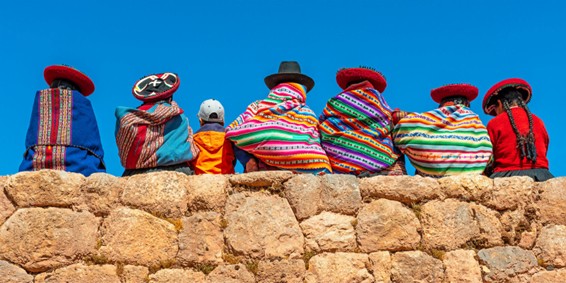
Ollantaytambo: An Architectural Marvel
A town and archaeological site in the Valley, this is the perfect spot to discover Ollantaytambo ruins such as Inca fortresses enveloped by stone terraces that tumble down the hillside. The Sun Temple and Princess Bath fountain are the most infamous sites.
Písac: A Hub of Agriculture and Tradition
Teeming with ancient temples, plazas, and a Intihuatana – a structure that is believed to have been a sundial, the village of Písac is a hub of agriculture, ceremonial structures, and an Inca cemetery. You can also explore the modern town of Písac – browse the markets, sample chica, witness locals as they parade out the Písac church.
Moray: The Agricultural Experimentation Center
Drenched in mystery, Moray is an Inca ruins site made up of three groups of round 12-level terraces. With sweeping Andes mountains in the background, this site is believed to have been an Inca irrigation system that fed water from a reservoir in up the mountains.
Festivals and Traditions in the Sacred Valley
Inti Raymi: Festival of the Sun
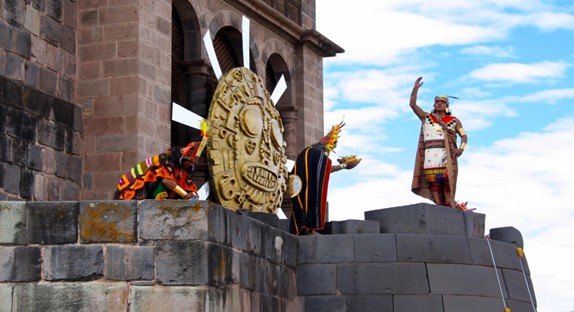
Celebrated every June 24th to honour the God Inti, the festival consists of songs in Quechua, dances, vibrant characters, and colorful clothing.
Traditional Markets and Their Significance
Colorful indigenous markets throughout the Sacred Valley are a great way to experience life like a local. The fertile land of the Sacred Valley provides rare farming land for the Andes region, fostering vibrant culture and cuisines. See the traditionally dressed locals as they come to buy and sell food and household goods.
Ceremonial Sites and Ritual Practices
The Sacred Valley is rich in ceremonial sites including the Pisac and the Temple of the Falcon, the Moon Temple, and Tipon. At the Moon Temple, it’s common practice to be blessed with a despacho, a ceremony of thanksgiving and intention setting. This ritual is performed to honor the Pachamama (Mother Earth) and the Apus (spirits of the mountains). At Tipon, a common ritual is to use fresh flowers to cleanse your companions.
Spiritual and Mystical Aspects of the Sacred Valley
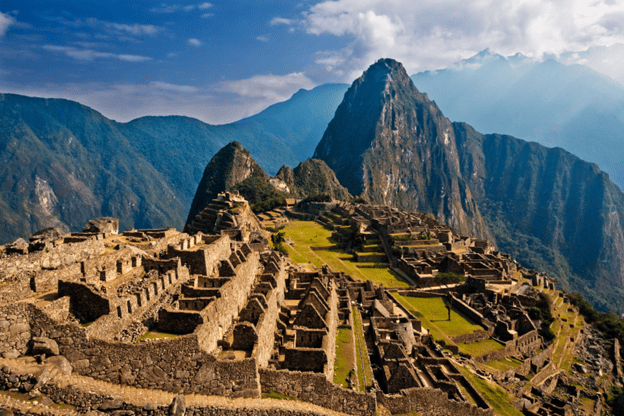
Blending ancient beliefs and a deep respect for nature, Inca spirituality is rooted in the Sacred Valley. Inca religion, often described as nature mysticism, encompasses the belief that humans are entwined with nature, animals, the universe, stars, and planets. Spiritual retreats in the area are a great way to immerse yourself in this energetic land.
The Connection to Andean Cosmology
The stars and constellations are represented across Inca ceremonies, spirituality, and even in the ruins. The stars and the sky play a key role in the religion and can be spotted in ancient sites across the Valley including Pisac, Ollantaytambo, Moray, Maras Salt Ponds, and Chinchero.
Sacred Sites and Their Energies
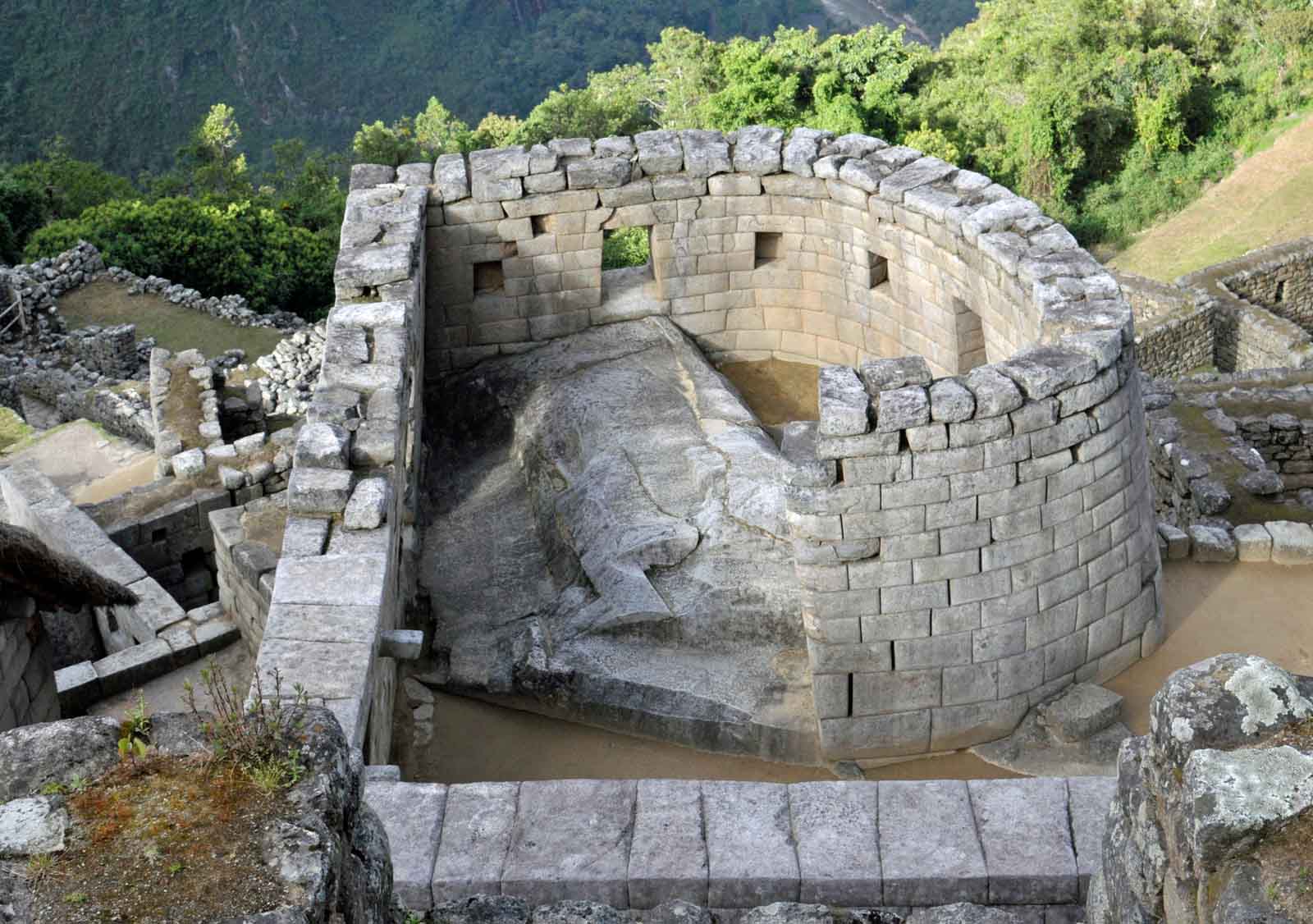
The Sacred Valley is spoilt for sacred sites and mystical energies. Many visitors enjoy discovering them. The ruins of Ollantaytambo oozes spiritual energy, where honesty is valued. It is the location and time of Pachakuti, a cosmic transmutation where the world has turned upside down. Legend has it, that this phenomenon occurs between eras. Chinchero and its Huaca is a considered a sacred power spot and infused with refined energy known as ‘sami.’
Sacred Valley: Where the Stars Reach for the Earth
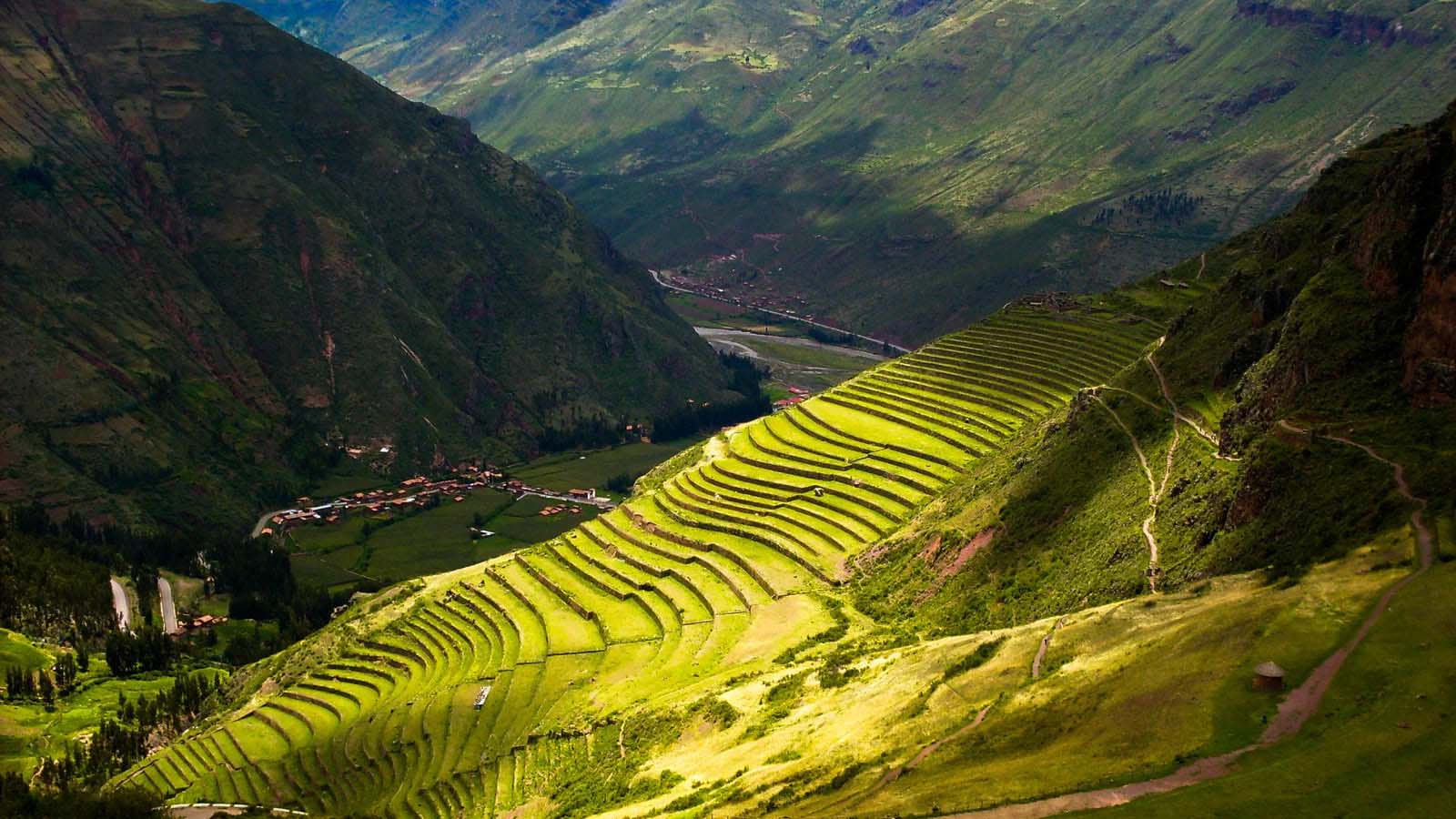
The Peruvian Sacred Valley is a land teeming with bright and colorful culture. Embracing it, from the agricultural highlights to the Sacred Valley attractions, and Machu Pichu, to the spiritual ceremonies and rituals, will encourage a deeper connection to the land and people, and foster a more authentic and immersive experience of this vast and mystical land. The cultural heritage of the Valley stems from the rich soil of the land, a rare occurrence for the Andes Mountains, which became the key for its agricultural boom.
A trip to Peru is truly not complete without exploring this deeply spiritual land and culture. Be sure to add the Sacred Valley of Cusco to your bucket list!
Check Our Suggested Tours:
- Peru By Belmond Tour
- Family Adventure Tour
- The Soul of Two Worlds: A Grand Amazon & Andes Expedition 14d/13n
- Honeymoon In Peru - Peru Honeymoon Packages
- Following the Path to the Sacred Sun Gate
- From the Heart of the Jungle to the Sacred Mountain: A Luxury Expedition Through the Amazon & Ausangate 16d/15n


